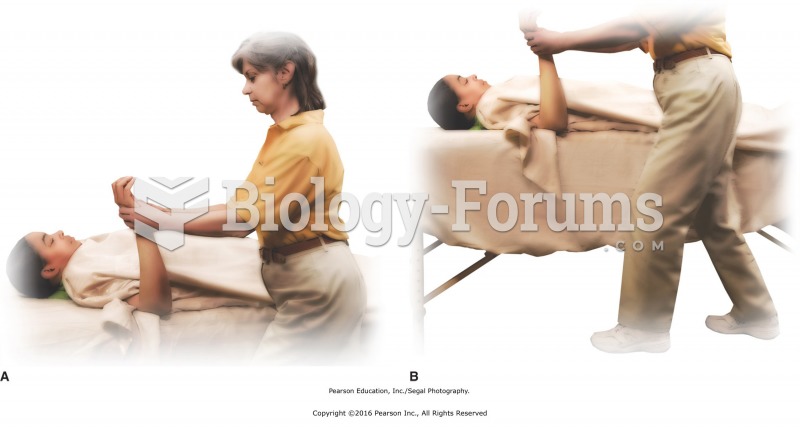Following is a table of data collected from one section of an 8
a.m. physiology lab. There were 20 students present, 10 males and 10 females. Information collected included students' height, weight, age, sex, and resting pulse rate. In addition, the students were surveyed to see if they smoked cigarettes, considered themselves "regular exercisers," and if they had consumed caffeine or eaten the morning of the lab. A "y" or "n" (yes or no) was recorded to indicate their answers.
Each student did "jumping jacks" for 5 minutes and recorded the time required to return to their resting heart rate, which is listed on the table as "recovery time." Finally, each student's reaction time (in milliseconds) was measured by catching an object dropped by a lab partner according to specified criteria.
Use this table to answer the following questions. Ignore statistical problems caused by small sample size, and so on.

Table 1.3

For these questions, the data were separated and analyzed by gender.
Table 1.3 shows data on various factors that may or may not be related to resting pulse rate, time to recovery to resting pulse rate after a few minutes of exercise, and reaction time measured by how quickly a student could press a keyboard key after seeing a computer-generated prompt. For each question below, write a testable hypothesis, identify the dependent and independent variables, sketch an appropriate graph of the results, and draw a conclusion from the data presented in the table. Discuss your results.
A. Does caffeine consumption have an effect on resting pulse rate?
B. Does age play a role in resting pulse rate? Does weight?
C. Is there a relationship between eating breakfast and recovery time?
D. Is there a relationship between reaction time and height?
E. Do females who smoke show differences in their resting pulse rates compared to female nonsmokers or to male smokers and male nonsmokers?
F. Does regular exercise have an effect on resting pulse rate?







